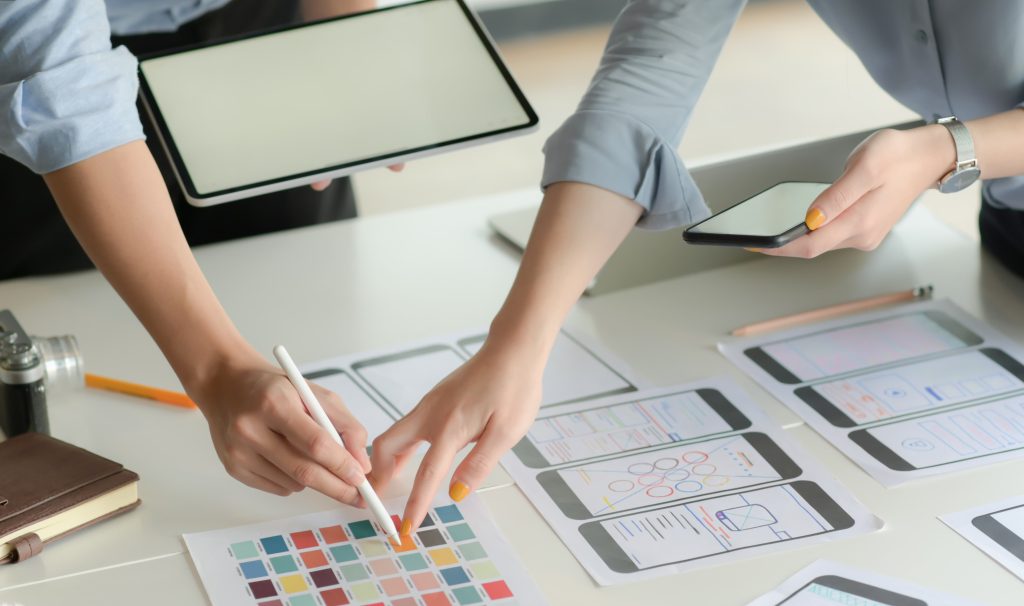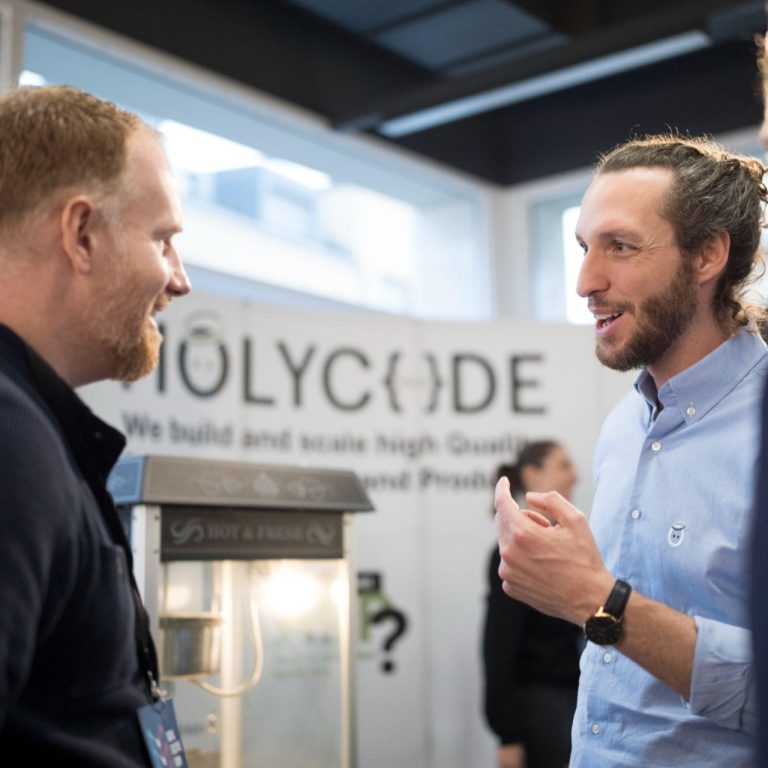Prototyping: The ultimate guide for startups
In the startup world, turning an idea into a tangible product is often a race against time. One of the most effective tools to bridge the gap between concept and reality is prototyping.

Prototyping allows startups to visualise, test and refine their ideas before committing significant resources. This guide will delve into what a prototype is, explore its benefits, outline the process, as well as offer tips for startup founders to maximise their efforts.
What is a prototype?
A prototype is a preliminary version of a product, designed to demonstrate or test the concept. Since they are not a final product, they can be rather simple, but also as complex as a fully functional digital model. The purpose of a prototype is to provide a tangible representation of an idea, allowing stakeholders to interact with it, identify potential issues and make informed decisions about further development.
Prototypes are crucial in the startup ecosystem, where ideas need to be validated quickly and efficiently. They serve as a communication tool, helping to align the vision of the founders, investors, developers and users. Moreover, they allow for early-stage testing and feedback, which is essential for minimising risks and ensuring that the final product meets market demands.
Benefits of prototyping
Prototyping offers numerous benefits for startups, making it an indispensable part of the product development process. Here are some of the key advantages:
Validation of ideas
Prototyping allows startups to validate their ideas before investing heavily in development. By creating a tangible version of the concept, founders can test its feasibility, functionality and appeal with real users.
Gathering feedback
Prototyping allows for user testing and feedback, which is crucial for creating a product that meets the needs and preferences of the target audience. This user-centred approach increases the chances of product success.
Cost and time efficiency
Early-stage prototyping helps identify potential flaws and areas for improvement, reducing the likelihood of costly errors later in the development process. This approach saves both time and money.
Improved communication
Prototypes serve as a visual and interactive tool that facilitates communication among team members, investors and other stakeholders. It ensures that everyone has a clear understanding of the product vision and objectives.
Flexibility and iteration
Prototyping encourages an iterative design process, where changes and improvements can be made quickly based on feedback. This flexibility ensures that the final product is well-polished and market-ready.

The prototyping process
The prototyping process is iterative and involves several key steps. From defining the purpose to creating a final prototype, here’s how the entire process looks like.
Define the purpose
Before starting this process, it’s important to define the purpose of the prototype. Are you testing a specific feature, validating the overall concept, or gathering user feedback? Clarifying the goal will guide the design and development.
Research and gather requirements
Conduct research to understand the needs of your target audience and gather the requirements for the prototype. This step involves market research, user interviews and competitor analysis (in case there are similar products). Think about hiring someone to assist you with this step as you may need a lot of time to do it all by yourself.
Sketch and conceptualise
Start by sketching out ideas and creating wireframes or low-fidelity prototypes. This stage is about exploring different concepts and determining the basic layout and structure of the product. Since this step requires expertise and experience, think about contacting companies offering IT nearshoring services to help you out with this step.
Build the prototype
Depending on the type of prototype, the use of appropriate tools and software to create it is a must. For digital products, this might involve using design tools like Figma or Sketch, while physical products may require 3D modelling software or a 3D printer.
Test and gather feedback
Once it is ready, test it with users, stakeholders and team members. Gather feedback on the design, functionality, and usability. Identify any issues or areas for improvement.
Iterate and refine
Based on the feedback received, make necessary changes to the prototype. This step may involve multiple iterations to refine the product and ensure it meets the desired objectives.
Create the final version
After several rounds of iteration, create a final prototype that closely resembles the finished product. This prototype will serve as the basis for the actual development process.

Tips for startup founders
In order to make the most out of prototyping, there are several tips for startup founders that should be considered:
- Start simple: Begin with low-fidelity prototypes and gradually increase the complexity. This approach allows you to test basic concepts before investing time and resources into detailed designs.
- Involve users early: User feedback is invaluable in this process. Involve users as early as possible to ensure that the product aligns with their needs and expectations.
- Focus on the core features: Don’t try to prototype every feature at once. Focus on the core features that define your product and test those first.
- Embrace iteration: Prototyping is an iterative process. Be prepared to make changes based on feedback and don’t be afraid to pivot if necessary.
- Use the right tools: Choose tools that match the needs of your project. There is the right tool for every idea out there, so make sure to do your research or find a partner company to help you with this.
- Document the process: Keep detailed records of the whole process, including sketches, wireframes, and user feedback. This documentation will be valuable for future reference and development.
- Collaborate with your team: Prototyping is a team effort. Collaborate closely with designers, developers, and other stakeholders to ensure that the prototype reflects the collective vision of the team.
Prototyping is vital for success
Prototyping is an essential tool for startups looking to turn their ideas into successful products. By visualising, testing, and refining concepts, startups can minimise risks, save resources, and create products that truly resonate with their target audience. Whether you’re building a digital platform or a physical product, prototyping is the key to unlocking your startup’s potential and bringing your vision to life. And if you need help with finding the right team to help you, make sure to get in touch with us today.
Let’s start achieving excellence together
Get in touch with our experts today to turn your ideas into reality and accelerate business growth.




